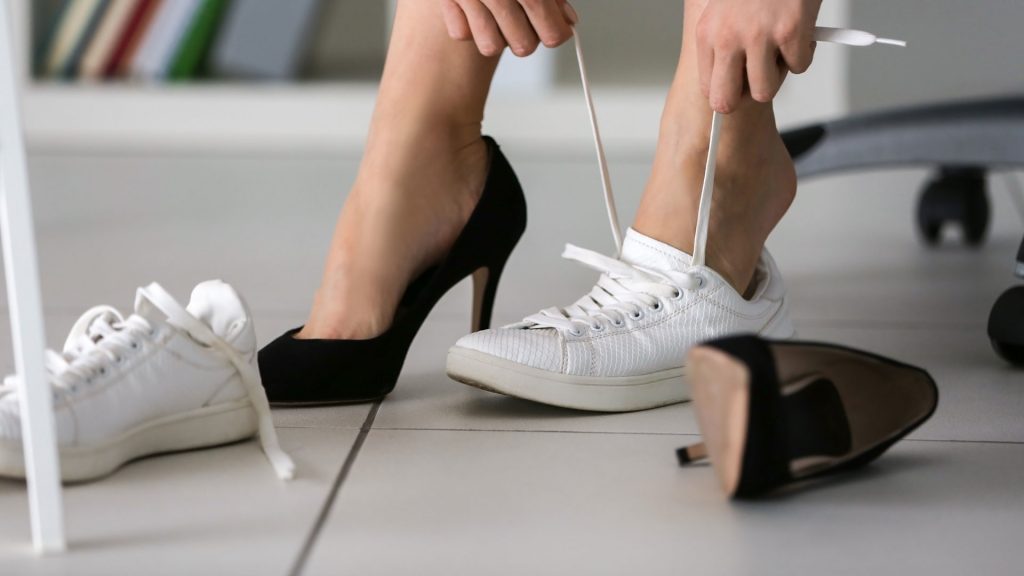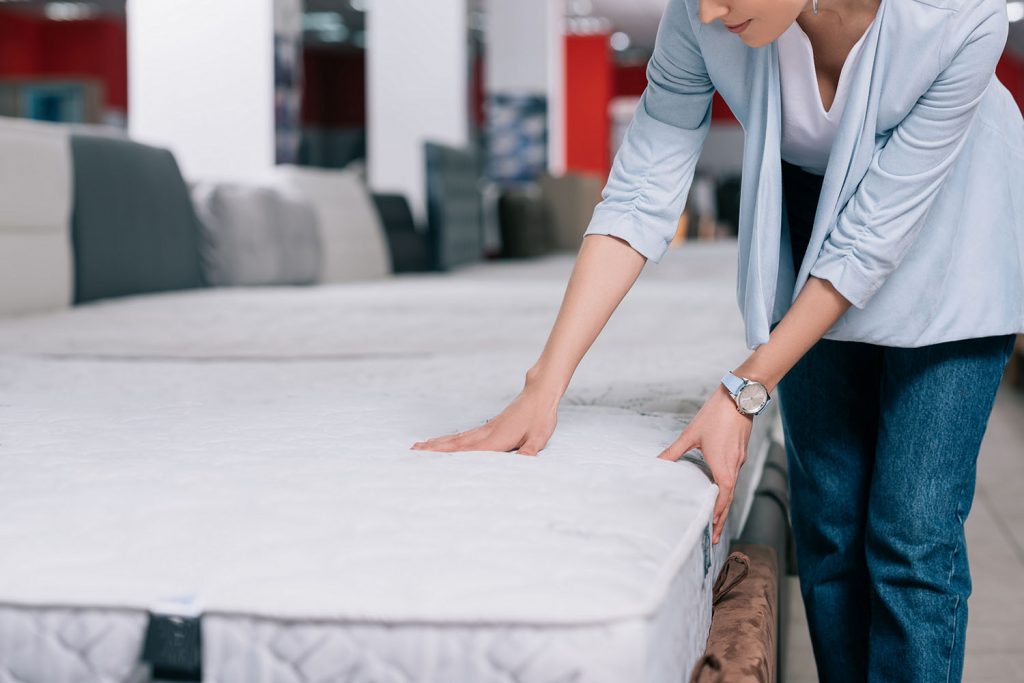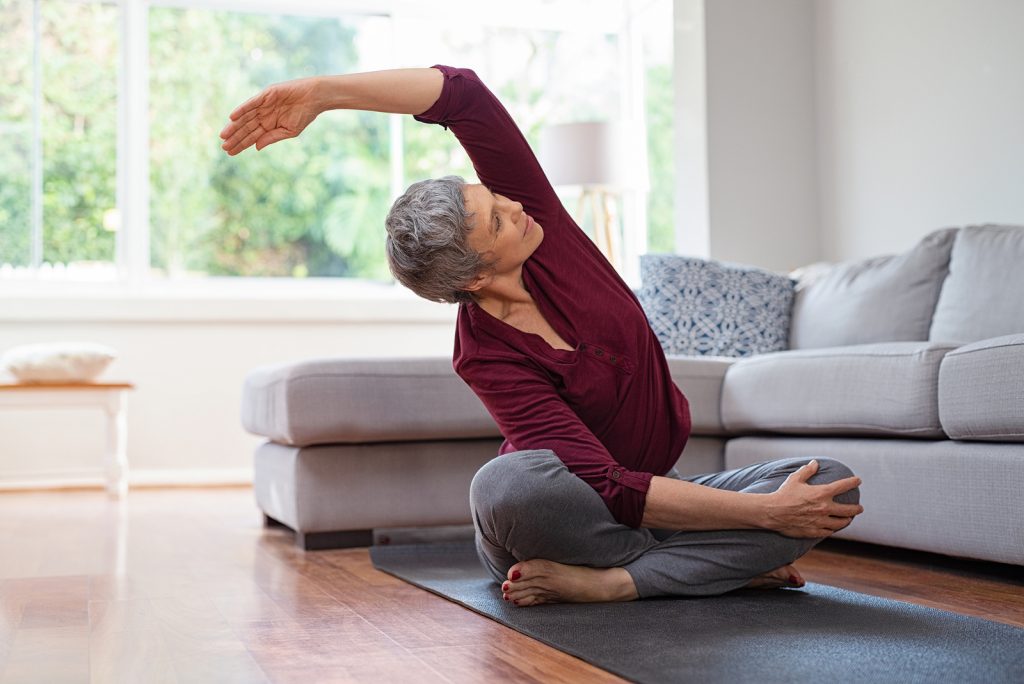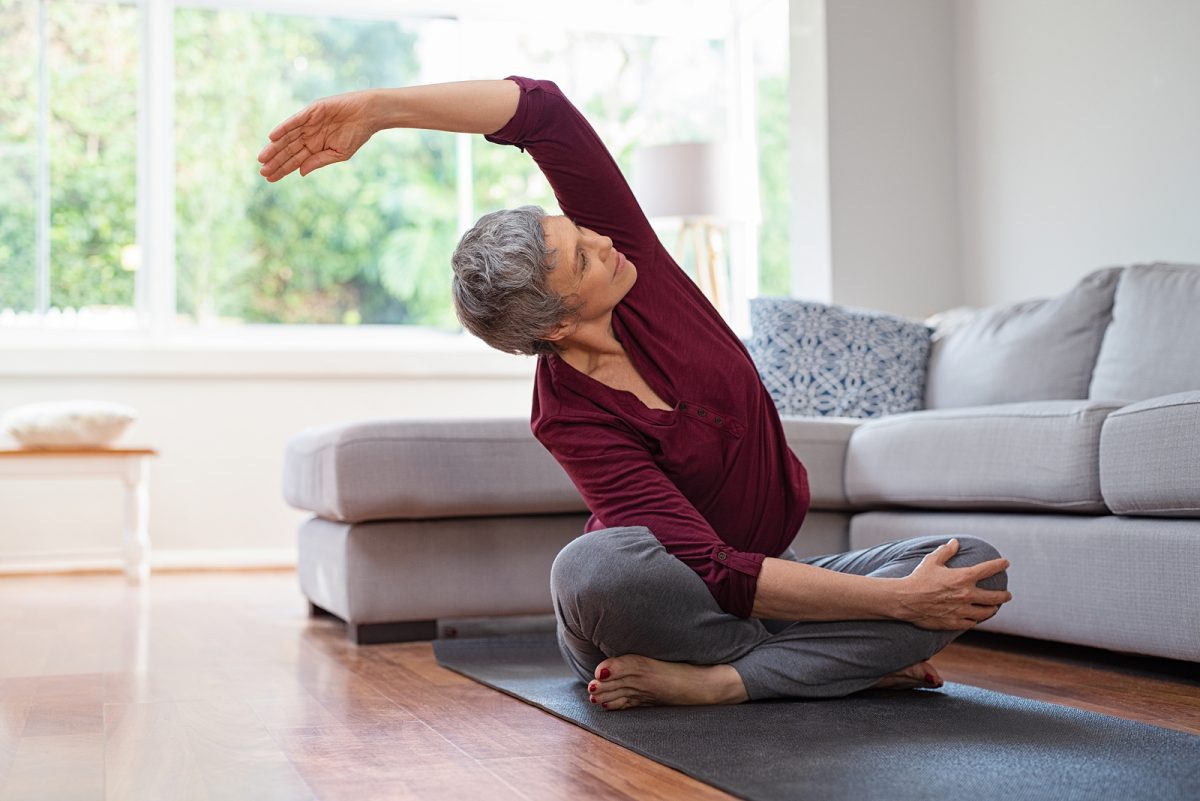Table of Contents
- Common Causes of Daily Back Pain
- Correcting 10 Bad Habits
- Exercising the Right Way
- Replace Bad Habits with Good Habits
According to the Health Policy Institute of Georgia University, back pain is the most frequent medical complaint doctors hear. It affects approximately 65 million Americans, and 16 million of them live with chronic back pain. In millions of these cases, adopting healthy daily habits that protect your back can significantly reduce or even eliminate back pain.
Common Causes of Daily Back Pain
Daily back pain is often due to harmful habits that people may not even be aware they have adopted. It is not a spinal condition causing the pain. It is bad habits that put stress on the spine.
The ten habits so many people develop that cause back pain are:
1. Sitting for an extended period
Sitting for long periods of time without taking standing or walking breaks puts pressure on the discs in the lower back. The discs are unable to perform properly because they are squeezed together, creating tension in the lower back that causes pain.
2. Wearing the wrong shoes
Heels more than 1-inch tall can create pressure in the back by changing the normal curvature of the spine, forcing the person to arch the back. This, in turn, makes the back muscles work harder.

Heels that are excessively high can cause pain anywhere from the neck to the lower back. Shoes should also provide appropriate support that helps the spine maintain a comfortable and normal position. Shoes that are too flat are as bad as shoes with high heels.
3. Maintaining bad posture
In the age of technology, poor posture is common. People are looking down at their smartphones for hours and sitting with rounded shoulders and a bent neck at their desks. Poor posture while sitting, standing or sleeping often leads to back pain because the curvature and shape of the spine is changed.
4. Twisting the spine
People tend to twist their spine during various activities, like lifting objects out of a car trunk, golfing, and picking up young children or heavy boxes. Twisting the spine is a top reason people experience neck (cervical spine) and lower back (lumbar spine) pain because these are the spinal areas most involved in the twisting motion.
Pain due to twisting and bending is frequently from a muscle and/or ligament strains or sprains or a disc tear that develops. However, it is also possible to strain or sprain the soft tissue or cause a spinal disc tear in the middle (thoracic) of the back.
5. Smoking
Smoking has been identified as a contributor to spine and tissue degeneration. Nicotine blocks oxygen and nutrient transport to spinal discs. Degenerative disc disease can develop, causing chronic back pain.
6. Lack of regular exercise
Back muscles, tendons and ligaments will weaken if not kept healthy and strong through exercise.
7. Poor nutrition
The spine and soft tissues in the back need good nutrients. Following a healthy meal plan ensures the muscles, ligaments, tendons and circulatory system are properly nourished to promote healing while reducing the chances of inflammation.
8. Sleeping on a sagging mattress
A sagging mattress can cause back pain and general body stiffness. The reason is that it is impossible to maintain a good posture while sleeping because one or more sections of the body are sagging with the mattress or the neck is not properly supported. The neck and rest of the spine should always be in a neutral position.

9. Persistent stress
Stress causes neck and back muscles to stay clenched. Muscles are supposed to contract and relax. If they seldom relax, there is a good chance back pain will develop.
10. Maintain a healthy weight
Carrying extra pounds strains the muscles and bones in the back. It also puts stress on knee and ankle joints, which in turn can force an unnatural gait.
Correcting 10 Bad Habits
1. Take frequent breaks from sitting throughout the day. Even 5 minutes of standing or walking every hour can minimize the possibility of compressed spinal discs developing.
2. Wear proper shoes with adequate support and heels that are no more than 1-inch tall.
3. Develop good posture, which means keeping the shoulders back and the spine straight while looking ahead. Do not hunch over a desk or while using digital devices or computers. Good posture should be maintained whether walking, sitting or running.
4. Do not rotate the lower back. When twisting, keep the lower back stiff, and rotate the hips and the back at chest level. When lifting, bend the knees and lift straight up, rather than twisting.
5. Stop smoking!
6. Exercise at least five times a week for 30 minutes at a time. Include exercises targeting the back, like hip raises and dumbbell rows. Walking with a good posture is also good for the back and hips.

7. Follow a healthy diet plan that limits the consumption of processed foods and fatty meats and includes more whole grains, fish, chicken, fruits and vegetables. Avoid eating too much sugar, and eat more protein. Consider taking supplements like Vitamin D and calcium, if not getting enough nutrients through the diet.
8. The National Sleep Foundation research indicates a person should purchase a mattress that is supportive and comfortable. It does not necessarily need to be ultra-firm, a common myth that persists. If unable to replace a mattress that has begun sagging in areas, cover it with a foam pad.
9. Learn to take time to reduce stress by developing new habits. They include enjoying a hobby, getting regular exercise, soaking in a bathtub, getting good sleep each night, enjoying time with friends and family or any other activity considered relaxing.
10. If overweight or obese, lose weight to relieve stress and tension on the back and other joints.
Exercising the Right Way
It may sound counterproductive to recommend exercises to relieve back pain. After all, many exercises and outdoor activities require twisting. The following are some suggestions to keep in mind.
Planks and Back Pain?
Are planks bad for your back? The answer is the plank exercise can either prevent back pain or cause back pain. A plank is when a person lies face down and then lifts the body on the forearms (or hands) and toes. It is important the stay firm and not sag but not pike either. This exercise strengthens abdominal muscles, which help support the back.
If a plank is done incorrectly, it can lead to back pain. An incorrect plank form is one in which the back is curved, and the abdomen sags towards the floor. This puts a lot of pressure on the lower back, especially. The head, upper back and buttocks should be aligned.
Bicycle for Bad Back Pain?
Riding a bicycle is good exercise. The question is this: Can a person bicycle for bad back pain? One of the causes of back pain is riding a bicycle that is not a good fit for the body. The rider may have to hunch over the handlebars, stretch out too far to reach the handlebars or assume a cramped position.
Professional bicyclers train to ride a bike hunched over the handlebars. This is not a good position for the average person. Low back pain is common in people who ride their bicycles frequently. It is important to ride a bike with a correct posture, which means sitting up tall while pedaling, as opposed to flexing the lower back at the hips. Also, be sure to ride a bike that is a good fit for your body.
Yoga for Bad Backs?
Yoga requires some twisting, so it would seem like it is not a good exercise for people with back pain. The truth is that yoga can cause back pain if the exercises are not done properly by straining or spraining back tissues. However, it can also relieve back pain.
Yoga poses like the downward-facing dog, cat-cow and extended triangle can alleviate back pain. The key is to learn the proper form from a professional instructor. The benefits of yoga are achieved through muscle control, proper stretching and body lengthening and controlled twisting. In fact, people can learn how to get rid of a hunch through yoga poses performed with good posture.
Replace Bad Habits with Good Habits
Bad habits are hard to break. It takes conscious thought and effort. Develop good habits that promote a healthy back, and back pain is much less likely to develop. Good habits can also relieve some or all back pain, depending on the pain source. If unsure how to start, consult a physician for recommendations. It can be the start of a pain-free life.
